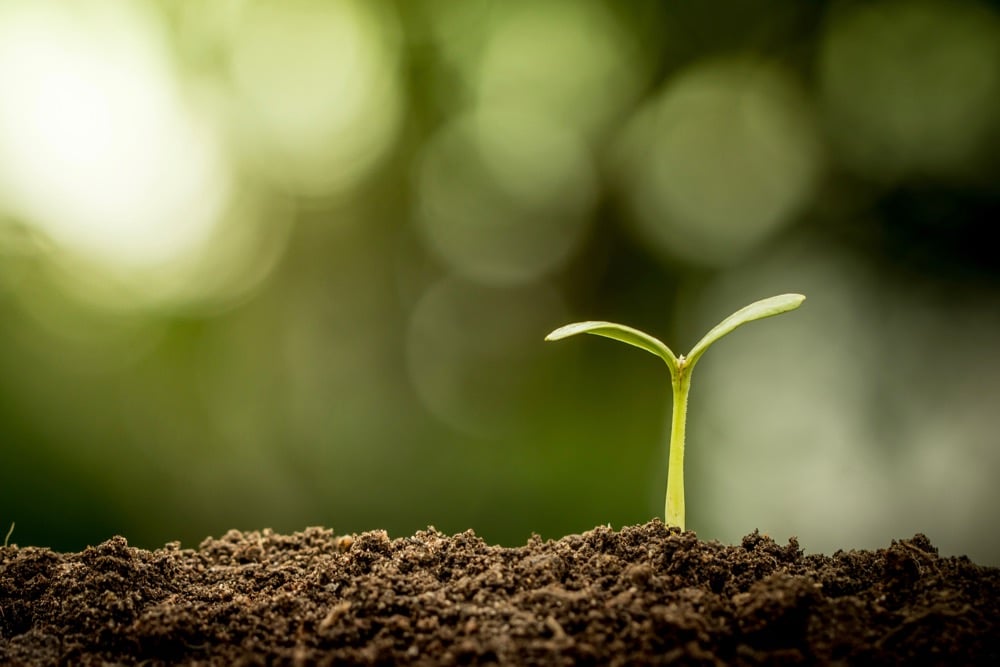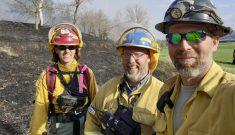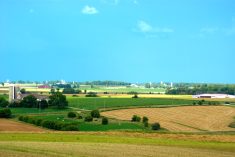Glacier FarmMedia – Agriculture continues to make strides as an equal-opportunity employer, according to a human resources expert.
A recent survey about the current state of gender roles and equality in agribusiness in Canada and the United States identified barriers that continue to exist to equality and advancement within the industry.
Why it matters: Equal treatment and pay are critical to bringing and keeping more women in agriculture.
Erika Osmundson at AgCareers.com says conventional images about gender-based career roles are becoming a thing of the past.
Read Also

Ontario’s agri-food sector sets sights on future with Agri-Food 2050 initiative
The first-ever Agri Food 2050, a one-day industry event dedicated to envisioning the future of food and farming in Ontario,…
“We’re seeing more and more women take leadership roles within the agriculture space, which is really positive for advancing this movement of getting more women into the industry. We’re seeing more women in production, which has stereotypically been a male-dominated field. I don’t think there’s necessarily a specific area that makes more sense for women versus men,” she said.
For the survey, AgCareers.com partnered with Women in Agribusiness, an international community of professional women who share industry knowledge.
The online poll collected responses from 624 people who participated, 77 per cent being women. Survey questions examined topics such as compensation, benefits, work/life balance, equality and advocacy.
Analysis identified similarities and discrepancies between genders.
About 75 per cent of women thought there was gender inequality in agriculture, while half of men thought so.
However, compared to the overall business world, men and women thought there was more gender equality in agribusiness.
“The agriculture industry does have more of that family welcoming feel. I don’t think we’re seen as quite cutthroat as maybe some of the other business sectors out there are. Not to say that we don’t have that because I think we do, especially when you start looking at some of the stats about people feeling like there is inequality.
“Women on farming production operations has been a thing since the beginning of time really. The woman was always available to help so we’ve just seen that expand over the years,” she said.
More than half of women responding to the survey said they had experienced blunt sexism or discrimination based on their gender. And more than a third said they had experienced sexual harassment or unwanted sexual advances while at work.
“I don’t think this is an agriculture/agribusiness-specific challenge. I don’t think that there’s more malintent from the agriculture space and it’s probably less to be quite honest than maybe what you’d find in overall business.
“I do think this is the place that we need to continue to train and educate employers, as well as staff and then to work with the women audience on the receiving side to be able to respond and react in a productive and constructive manner,” Osmundson said.
The survey indicated men generally earn slightly more money than women, however a shift is occurring where more women are figuring out ways to get to a higher level of pay within the next few years.
“The family values pieces (have) changed just slightly. More women find themselves desiring that business mindset. Some might be single parents that need that to move forward. So I just think there’s that aspiration there to advance maybe more so than in previous years,” she said.
Both genders listed health insurance, retirement savings plans and flexible work hours as their top-three choices for the benefits they valued most.
Most women felt optimistic about their opportunity for advancement in agriculture, while only half were optimistic about their opportunities for advancement outside of agriculture.
However, 70 per cent of women of colour were more confident about advancing their careers outside of the agricultural industry.
“As a whole, the agriculture industry is working towards being more representative and having more diversity of thought,” Osmundson said.
The new survey also found that 30 per cent of women producers were the sole owners or primary stakeholders of the production operation for which they worked. For those who were not (44 per cent), they most commonly worked for a non-relative.
About 42 per cent of female producers are landowners and almost three-quarters own fewer than 250 acres. More than half had a stake or partial ownership in the operations where they work.
Most women who did not own land hoped to one day own or share in a production operation.
And the majority of both genders felt that the attitude toward women in agriculture has changed for the better.
This article was originally published at The Western Producer.














